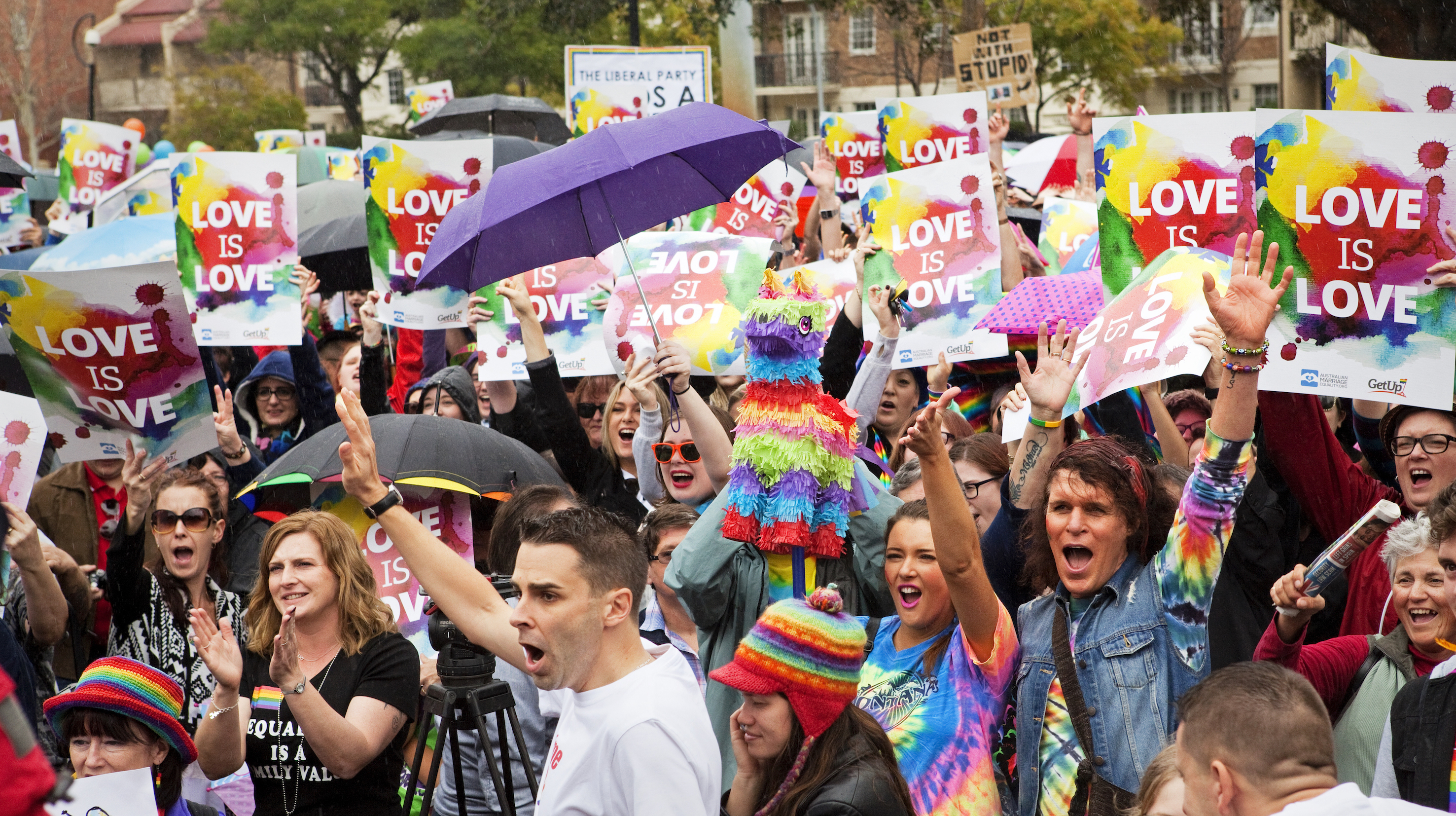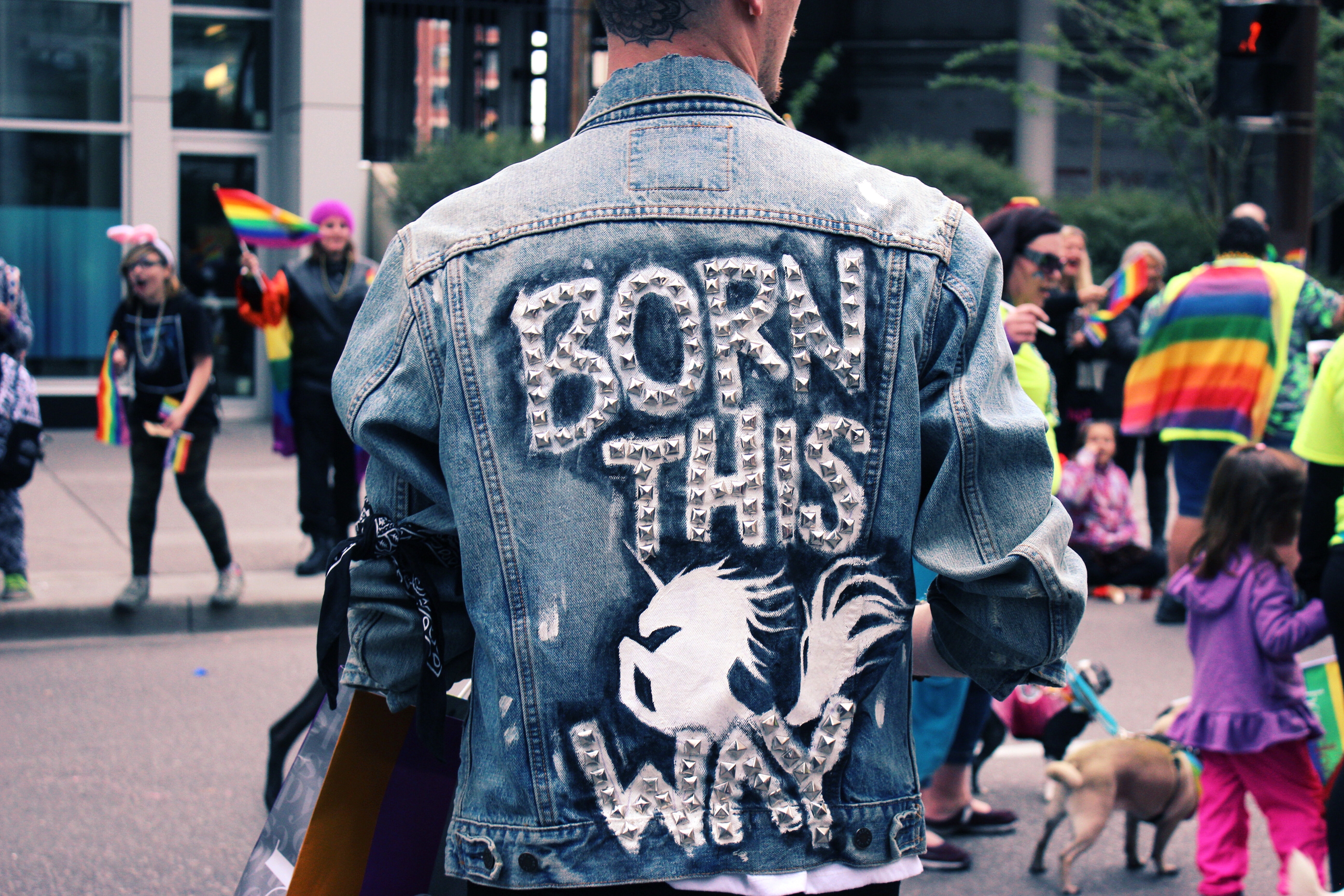
Business & Economics
Australia’s generational wealth divide is biting

It is likely the campaign for marriage equality has contributed to Australians becoming more progressive, as shown in this year’s HILDA Survey
Published 1 August 2017
The 2017 Household, Income and Labour Dynamics in Australia (HILDA) Survey shows that, since 2005, attitudes toward marriage and children have become more progressive.
One of the biggest changes concerns attitudes toward the rights of homosexual couples. A comparison of attitudes in 2005 versus 2015 shows that both men and women are now more likely to agree with the statement: “Homosexual couples should have the same rights as heterosexual couples do.’’ With scoring ranging from 1 (strong disagreement) to 7 (strong agreement), men’s attitudes have shifted from 3.3 (2005) to 4.8 (2015), and women’s attitudes from 4.0 (2005) to 5.3 (2015).
The results also show we are now more positive about unmarried couples living together and women raising children as single parents.
But why has a shift toward less traditional viewpoints occurred when conservative and right-wing political groups seem to be growing across the world? While it is impossible to definitively explain broad attitudinal shifts, a few factors can help make sense of them.
Although it is unclear whether participants interpreted the question as directly related to gay marriage, we know that international campaigns for marriage equality have brought homosexual rights to the forefront of public debate.

Business & Economics
Australia’s generational wealth divide is biting
In 1976 in The History of Sexuality Volume 1, Michel Foucault famously argued that it is the prohibition of sexuality that paradoxically increases discussion of the topic. Although marriage equality has not come to pass in Australia, endless discussion has been generated on the subject, not least because a sustained campaign arose in the wake of the overt ban on same-sex marriage introduced by former Prime Minister John Howard.
In response to Howard’s changes to the Marriage Act in 2004, which now sees marriage defined as ‘the union of a man and a woman to the exclusion of all others’, the Australian Marriage Equality campaign group formed. Since then there have also been heated debates in parliament and the media, several parliamentary inquiries, thousands of people protesting in the streets, online petitions and the formation of numerous lobbying and campaign groups.

In 2013 the Australian Capital Territory Legislative Assembly briefly passed a marriage equality ruling that saw 31 couples marry, only to be overturned by the Federal Government within a week.

Business & Economics
For the love of the punt
With many countries legalising marriage equality – including Canada (2005), New Zealand (2013) and the United States (2015) – the consensus among many seems to be that, despite the Government’s refusal, marriage equality in Australia is inevitable. Notably there has been some debate within Lesbian, Gay, Bisexual, Transgender and Queer (LGBTQ) communities about whether marriage equality ought to be central to their activism. However, even this debate reveals the campaign has led to greater attention on the rights of homosexual couples.
The number of Australians who report identifying as part of a gay or lesbian couple is also increasing, which may or may not also be related to the equal marriage debate. The 2016 census data revealed a huge 42 per cent rise in couples identifying as same-sex since 2011.
Gender theorist Judith Butler has argued that greater social recognition of LGBTQ issues opens up cultural space for more people to openly identify as LGBTQ. In turn, this contributes to more cultural visibility, be that in mainstream media or in interpersonal contexts, and more space for LGBTQ identification.

While a positive change in discourse around the rights of homosexuals doesn’t ‘make’ people gay or lesbian, it does allow greater room for people to identify in these ways.
This may mean that, in general, individuals are now more likely to know someone who identifies as gay or lesbian in their family or social network, which could be influencing attitudes toward the question of homosexual rights. Indeed given the reinforcing nature of greater LGBTQ recognition, this may help to explain the steady upward trend in results over time.

Politics & Society
Why Parliament should decide on same sex marriage
As Gayle Rubin identified in her famous essay Thinking Sex, first published in 1984, attitudes toward unmarried couples and gay and lesbian couples in the USA are an area of contestation. She argued that relationships and particular sexual acts exist within a hierarchy – with some arrangements and acts seen as more acceptable than others. The change toward more progressive attitudes highlighted by the HILDA Survey data suggests that perhaps the campaign for marriage equality, and in turn the greater numbers of people identifying as part of gay and lesbian couples, might be having some kind of impact.
However, what the HILDA Survey does not reveal is whether attitudes toward single homosexual people, people in polyamorous relationships, or those who identify elsewhere on the LGBTQ spectrum are also changing for the better.
Perhaps the lesson here is that if campaigns for social change make a real impact on attitudes, then we need to make sure these movements recognise a diversity of identities. Without this, the risk is that new hierarchies of acceptability will form in the wake of other significant gains.
Banner image: Getty Images